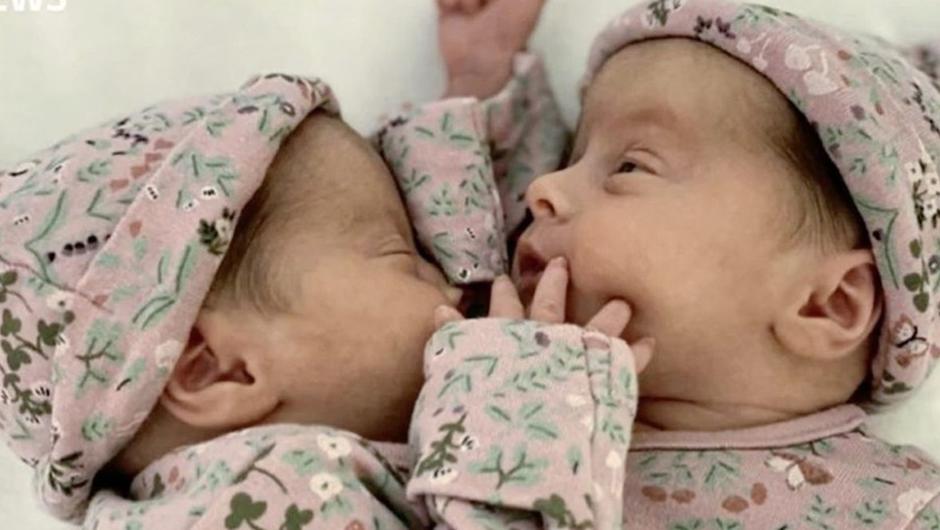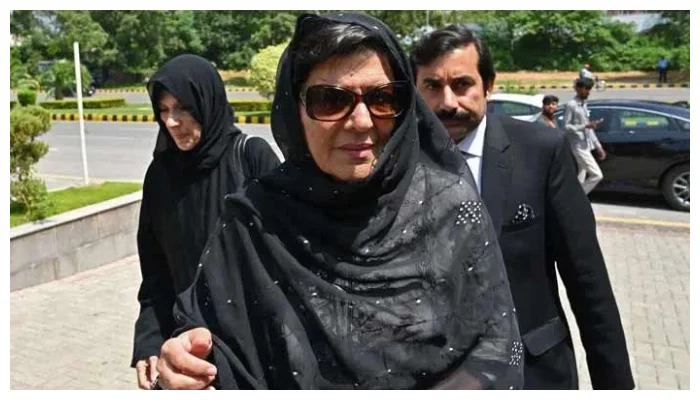After giving birth to their’miracle’ one-in-two-million conjoined twins, a British couple has expressed their pleasure.
Hannah and Dan Bateson of Toomebridge, Northern Ireland, welcomed Annabelle and Isabelle into the world in March after a whirlwind nine months.
Mrs Bateson became pregnant during the first cycle of fertility therapy, which the couple started last year to help them conceive.
However, they were given a shock when an early scan indicated that the twins were conjoined, which happens once in every 2.5 million pregnancies.
Medics knew the girls shared numerous essential bodily components, but they couldn’t identify if any vital organs were harmed – a crucial determinant in their long-term survival and wellness.
Mrs Bateson said ITV News, “You felt in limbo because we knew they were conjoined but we knew so little about the degree of the conjoin.”
The parents said that they knew “very little” about the girls’ condition and how they would fare as their due date approached.
Mr. and Mrs. Bateson were sent to University College Hospital in London in March to have their kids delivered by a specialised team.
Annabelle and Isabelle, who are now six weeks old, were linked from the chest to the pelvis and shared a bladder, colon, and a fused limb, but they had separate sperate hearts, according to doctors.
‘They’re miracles,’ says the narrator. Mrs Bateson remarked, “We’ve used the word miracle since the day we found out we were having them.”
The new family is now prepared for the next obstacle, with surgery to begin the separation procedure set for next month.
‘Their small bodies are different,’ Mrs Bateson remarked. The girls will receive prosthetic legs; one leg will be natural and the other will be artificial.’
Annabelle and Isabelle will require many operations throughout their adolescence, with their parents vowing to help their daughters live a healthy life.
Twins are normally created when a single fertilised egg divides and develops into two separate embryos.
The split usually happens eight to twelve days after conception, with the embryos developing their own tissues and organs.
However, it is thought that in the case of conjoined twins, this split occurs too late and the embryos do not divide.
Conjoined twins account for 40 to 60 percent of stillbirths, with the remaining 35 percent surviving barely one day.
Twins that share a chest, abdomen, or pelvis are the most frequent, but they can also be linked at the head, which increases their chances of long-term survival.
Some twins can be surgically separated if they survive, but the outcome of these surgeries is dependent on where the twins are connected and whose organs they share.
With 680,000 children born in the UK each year, a pair of conjoined twins would be born every four years, according to statistics.





















